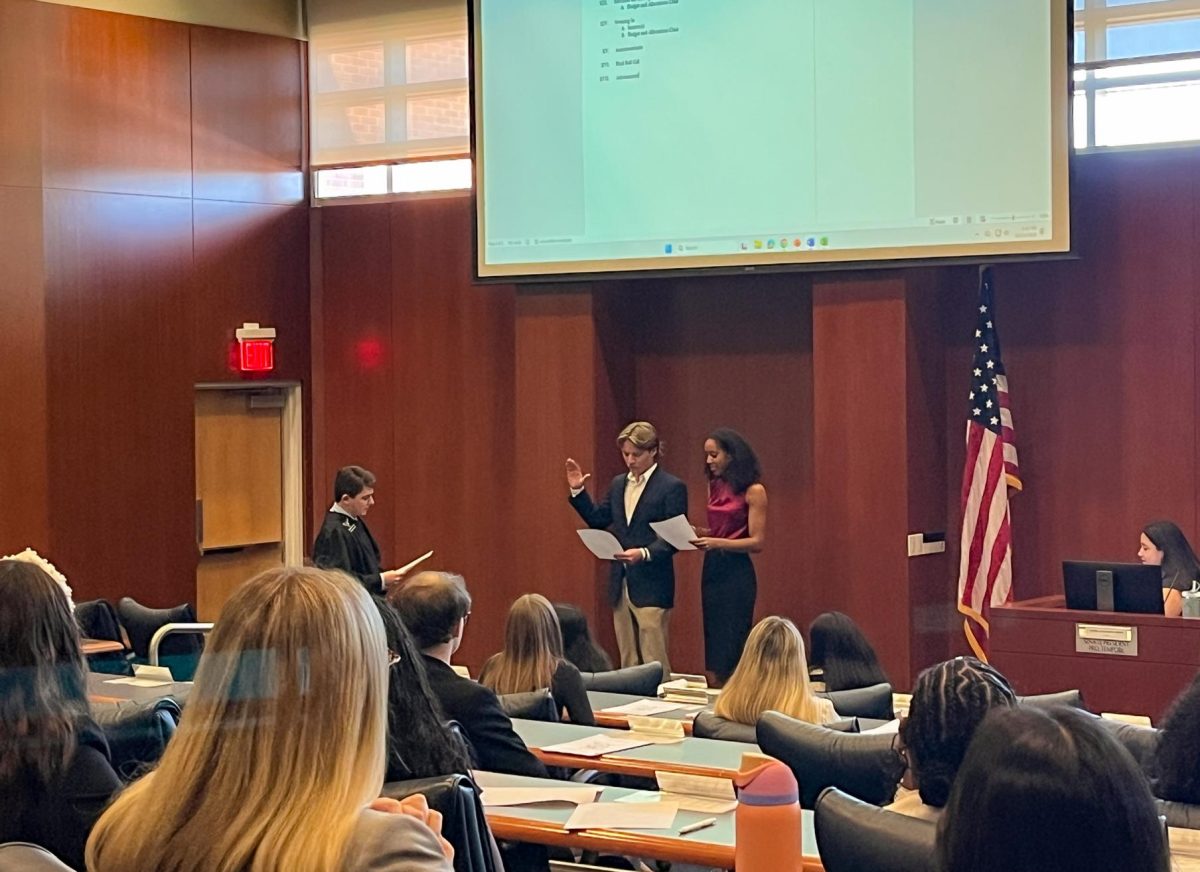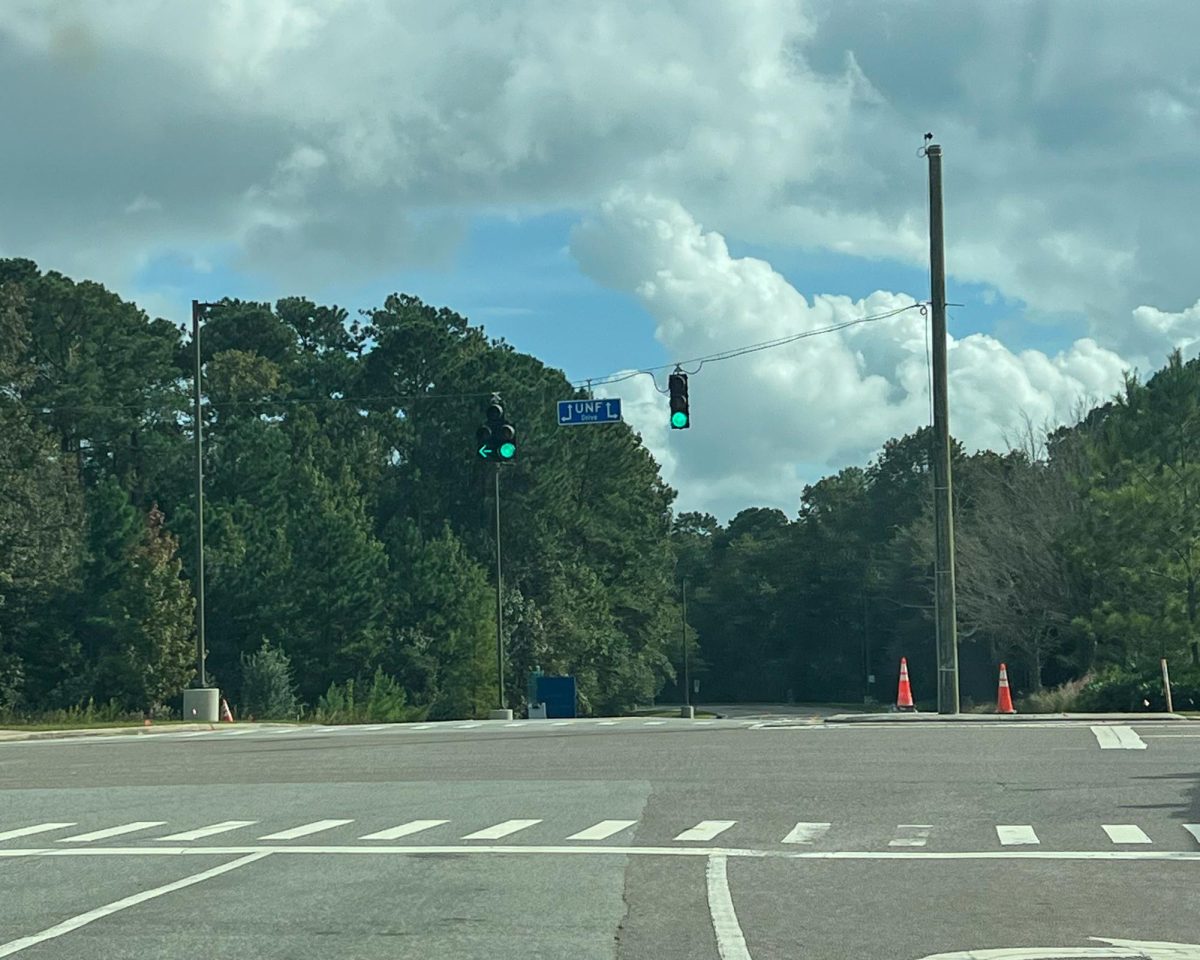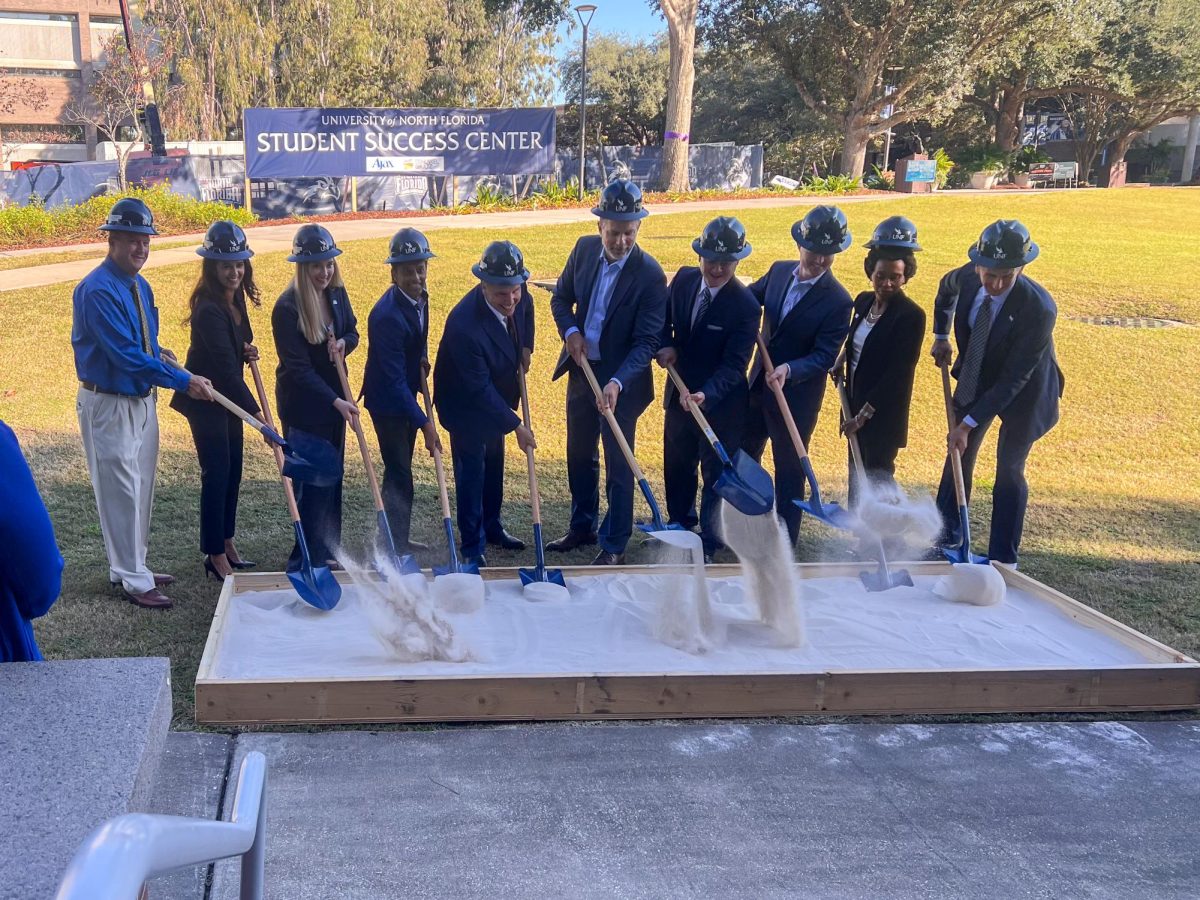 Clifford Davis, 30, communications senior.
Clifford Davis, 30, communications senior.
Cliff felt obligated to leave his home in Jacksonville and join the armed forces in an effort to defend his country – like his relatives had done before him. And so he was deployed to Iraq. But on the morning of May 2007, he came closer than he ever wanted to never making it back alive. This is his story.
It was the first part of the surge in Iraq. They sent us to Baghdad, where we spent the first six months. We were infantry. We were what they call a quick reaction force; so whenever things started going bad in a particular area, they would call us.
The district in Baghdad was called Dora – it was a residential area. We were sent there to replace this little cavalry unit that had been getting their butts handed to them by insurgents. Basically, what we did when we got there was start setting up an outer cordon [a line or circle of soldiers or ships enclosing or guarding some place or thing], sealing off the streets and creating a perimeter where nobody can come in and nobody can go out.
We stopped the striker [a hybrid vehicle between a Humvee and a tank] at the intersection to block it off, and we got out to string the barbed wire concertina [coil used as an obstacle]. We got out and went to doing that but didn’t realize we had parked the striker on top of what they call an IED (improved explosive device). It’s a fancy term for a homemade bomb. The bomb went off underneath the vehicle, which we were right outside of. All I could remember was the damned biggest explosion you ever heard in your life. It just rumbled your guts.
The insurgents had buried [the IED] in the street and poured asphalt back over it so you couldn’t tell it was there. Chunks of sharp gravel were hitting me in the back of my head, underneath my helmet. I remember I turned around and the striker was up in the air, the back end of it was in process of coming back down to the ground and … just … I guess I would say divine providence, but I guess some would just call it luck. The striker was perfectly over [the IED] to where it wasn’t completely right in the middle of it, to where it would tear a hole in the bottom of the striker, but it was positioned in such a way, at least the back end of it, so that the striker helped muffle the blast.
We had a driver and a vehicle commander inside of it, and they were banged up a little bit, and it blew out the back tire of the striker. But believe or not, there weren’t any serious injuries. They checked us for concussions and that kind of thing. Other than that, man, I mean, the striker, we were actually able to drive it back to base — the tires have a self-inflating system.
You get back to base and everybody’s lookin’ at yah like you’re some kind of ghost, ‘cause, of course, they know what happened when you pull back in there.
In retrospect, if our squad leader at the time hadn’t been as incompetent as he was — and I hadn’t gone to the front of the striker to seal the boundaries in front us, not behind us, like he initially wanted it — I probably wouldn’t be talking to you right now.












Carol Jones | Jan 19, 2011 at 3:27 pm
Cliffy, it’s Carol. That was a great bio. I especially appreciated and enjoyed your breaking down battle/military word(s). Ensuring a wider audience whether it be children or adults eager to learn army lingo. May God bless you and keep you happy, healthy, and safe.
frank | Jan 19, 2011 at 2:26 pm
I wont ever forget that one.